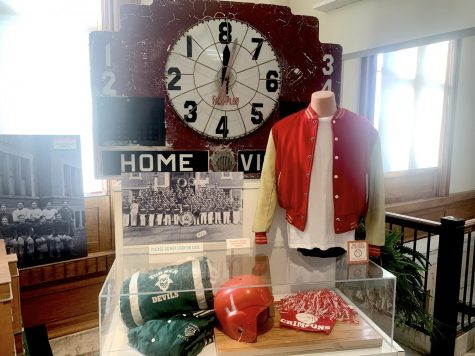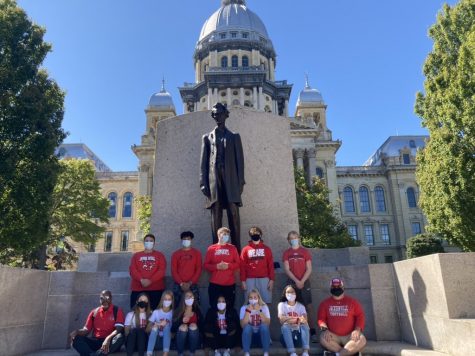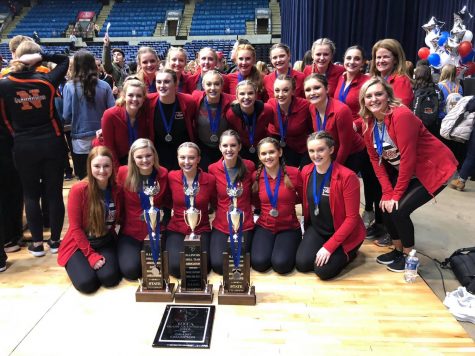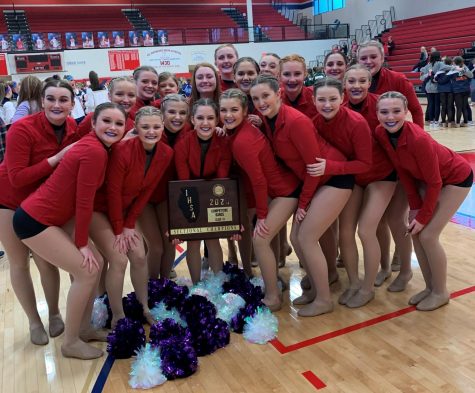Netflix hit explores contemporary topics
September 14, 2018
Since its release on August 17, 2018, Netflix’s new smash hit rom-com To All The Boys I’ve Loved Before has already been the subject of just about a thousand Buzzfeed articles. The internet has gone wild over not only the adorable ship Covinsky and the swoon-worthy performance of Noah Centineo but also the groundbreakingly diverse female characters featured in the film.
The most prominent point of diversity is the inclusion of Asian lead Lara Jean Covey, played by Lana Condor. Until the arrival of To All The Boys I’ve Loved Before and Crazy Rich Asians, Asian women were severely underrepresented in the media in general but even more so in romantic movies. In fact, author Jenny Han faced multiple producers who, despite their interest in adapting the film, insisted on a whitewashing of Lara Jean and, subsequently, her sisters Kitty and Margot. Han eventually found a studio that was willing to follow her vision of an Asian American Lara Jean. This was important to Han due to her experience growing up without any characters looking like her to look up to.
Diversity and a progressive attitude can be found not only in Han’s protagonist and her family but also in many minor characters throughout the film. For example, Lara Jean’s best friend Chris is a glaring example of a newly emerging character trope: the “woke” teenager. Modern teenagers are statistically more likely to worry about global warming and healthcare and to support ethnic, sexual, and gender diversity. Despite these facts, Chris’s generally liberal attitude is a unique presence on screen, especially considering the 90s vibe of the film.
Lara’s sisters, Kitty and Margot, also break stereotypes female characters often fall into. Kitty is, in some ways, similar to Chris, calling out her gynecologist father when he tries to tell her biological facts. This is similar to an earlier scene where Chris questions why Dr. Covey, being very much a man, decided to become a gynecologist specifically. Not only is Kitty already a progressive thinker in the sixth grade, but she is also a social butterfly. This trait is common among females in film but with one stipulation: the popular girls aren’t the smart girls. Kitty Covey, however, shows a great sense of humor and seems incredibly bright, pushing the plot along where Lara Jean’s introspection isn’t enough. This characterization feels natural because in real life people are more than one-dimensional archetypes.
Margot Covey also breaks new ground in the realm of female characters in film. Upon leaving for college, Margot breaks up with her long-term boyfriend Josh despite loving him because she recognizes that she should move forward in her life. According to the typical rom-com movie formula, Margot should have gotten back together with Josh and possibly even abandoned her college dreams. Margot instead stays on the same trajectory throughout the movie, and her happiness at the end of the movie shows that her choice was the right one.
To All The Boys I Loved Before shows young women that they can be sensible and analytical and loving like Margot, introverted and creative and fun like Lara Jean, sociable and clever and caring like Kitty, or a combination of all three.






